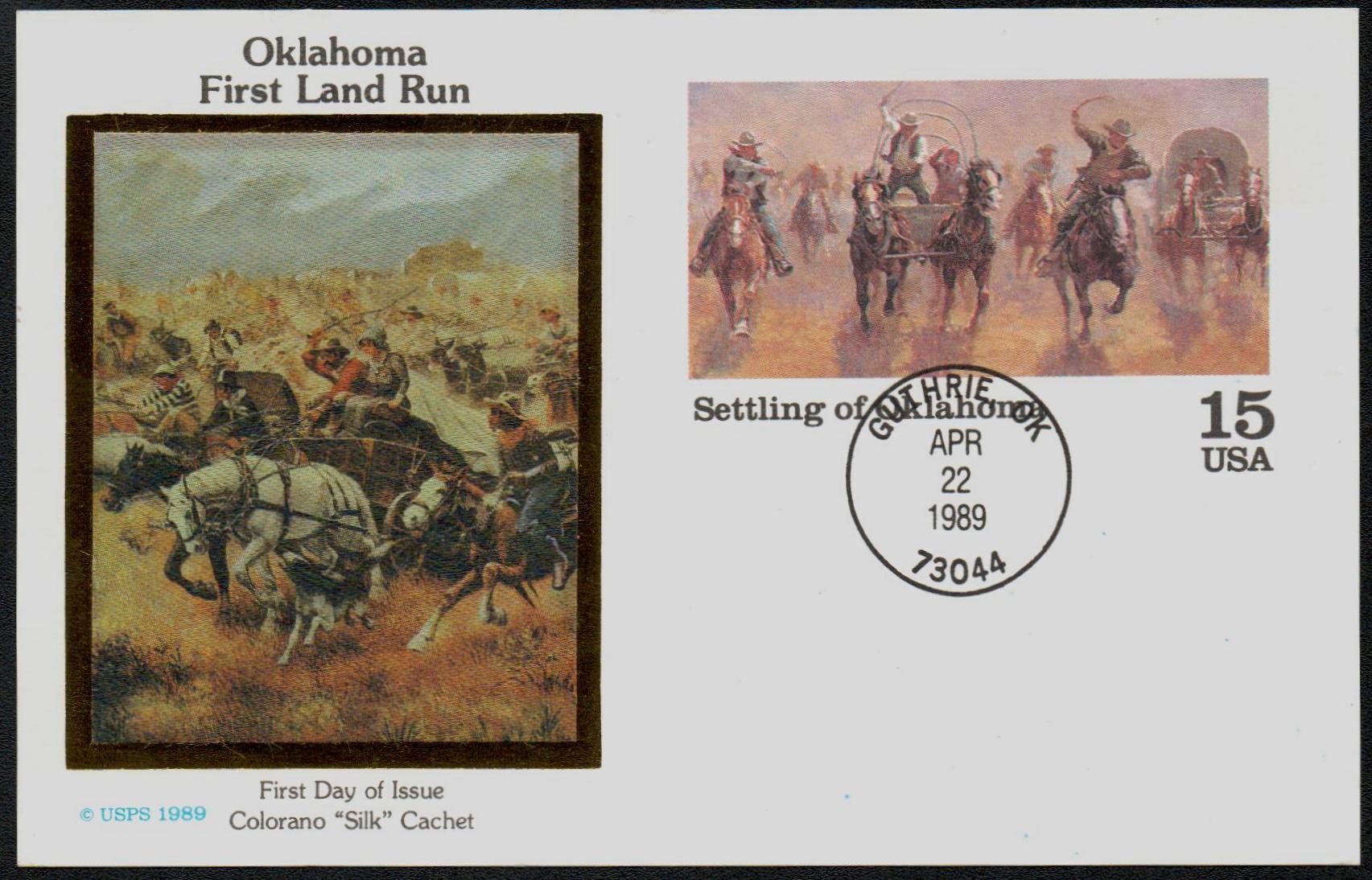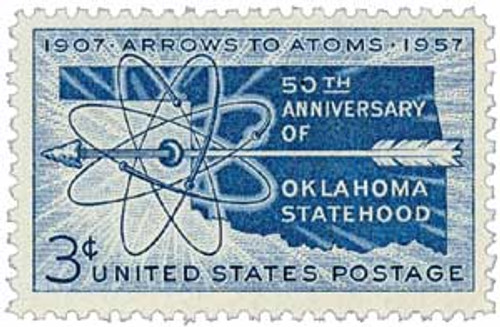
# 4121x - 2007 39c Oklahoma Statehood
Â
Oklahoma Land Run
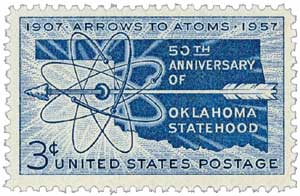
On April 22, 1889, the first land rush into the Unassigned Lands of Oklahoma kicked off at high noon.
After a great deal of pressure from “boomers,†whites who wanted Indian land opened for settlement, the government changed its policy. On March 2, 1889, President Grover Cleveland signed the 1889 Indian Appropriations Act, buying three million acres of land in Oklahoma from the Creek and Seminole tribes.
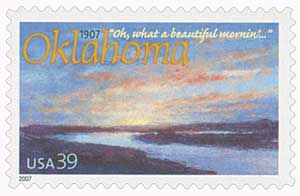
Under this new act, 1.9 millions acres of land would be opened to white settlers under the tenets of the Homestead Act. Settlers were anxious to stake their claims on what was considered some of the best unoccupied public land in the United States. Settlers amassed at the Oklahoma border, ready to seize prime land. At high noon on April 22, 1889, a pistol shot marked the start of the run, as thousands of settlers streamed into the newly opened territory.
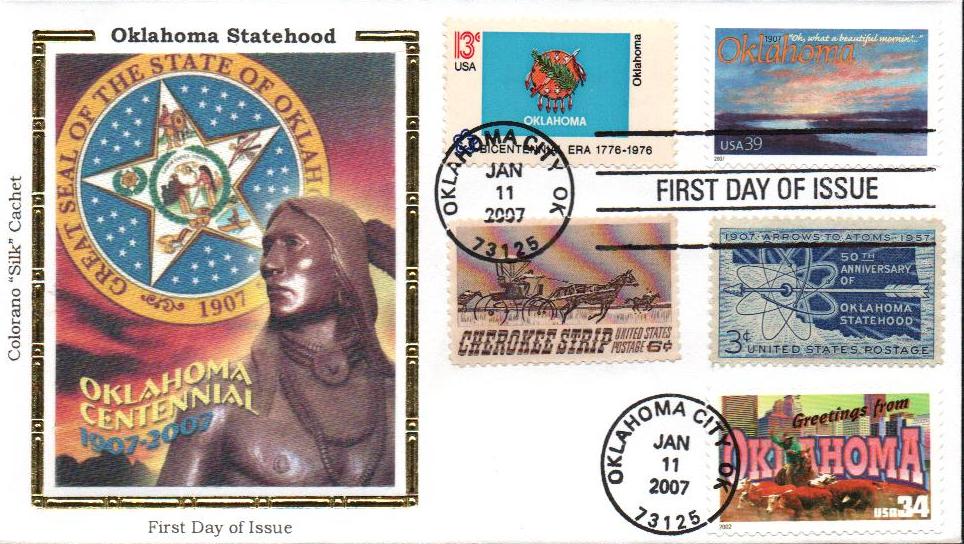
By evening, 50,000 white families had moved to Oklahoma. In the course of a single day, the cities of Guthrie and Oklahoma City had come to be, with populations over 10,000 each. As Harper’s Weekly described, “At twelve o’clock on Monday, April 22d, the resident population of Guthrie was nothing; before sundown, it was at least ten thousand. In that time streets had been laid out, town lots staked off, and steps taken toward the formation of a municipal government.â€
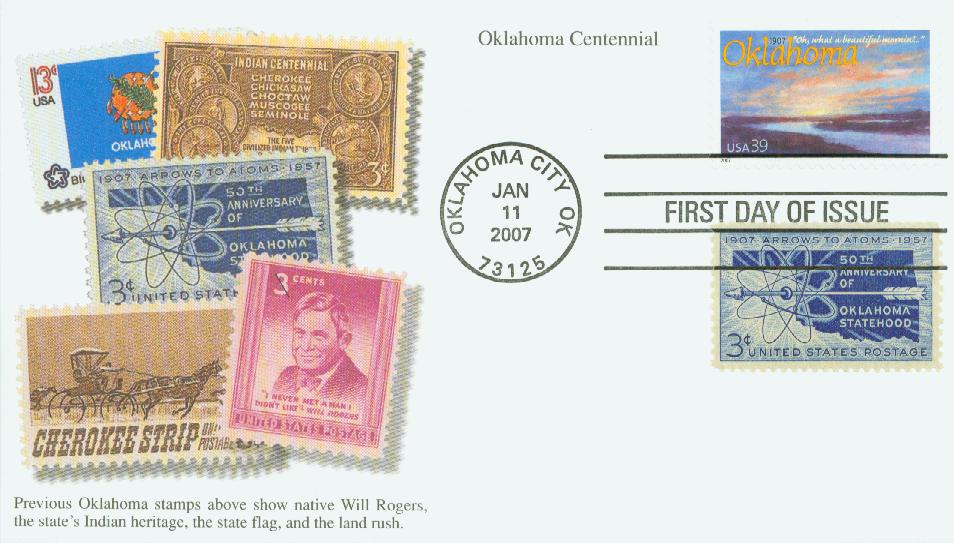
Before the land run officially started, several people snuck over the boundary into the unoccupied territory and hid, so they could claim some of the best pieces of land. These people became known as “Sooners†(a term that would become the nickname for the state). From this sprung hundreds of legal cases. While the cases were initially brought before local land offices, they were eventually taken to the Department of the Interior. The issue was over what was considered “legal time of entry.†Later in the year, the act that initially opened the lands was amended to include less strict rules for this purpose.
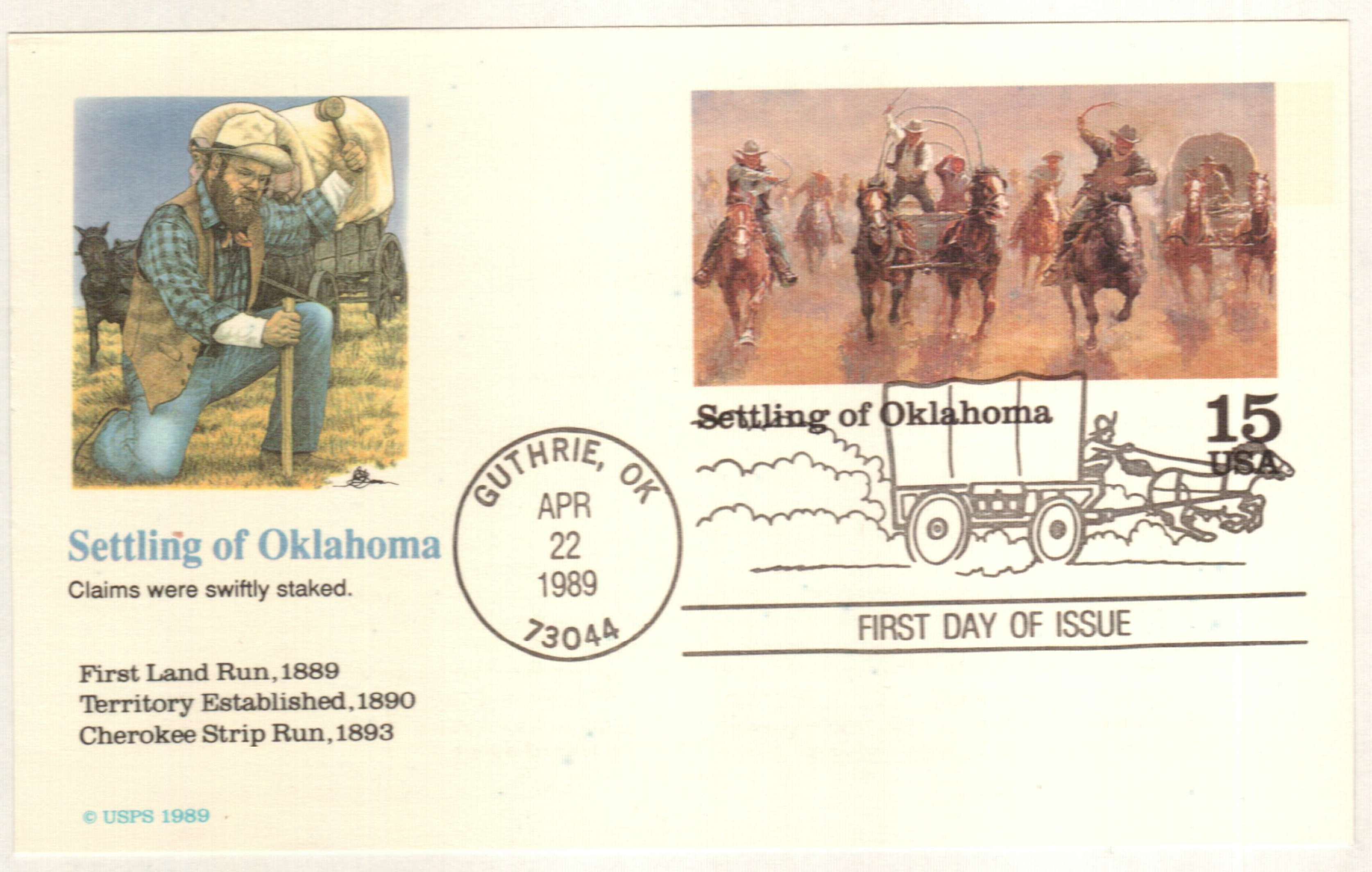
In the hours and days after people staked their claims, some immediately set out to improve their land, while others went to file their claims. Children kept busy too – selling creek water to people waiting in line for 5¢ a cup or collecting buffalo dung to use as fuel for cooking. Within two weeks, the first schools were opened and run by volunteers until school districts could be established. After just one month, Oklahoma City had five banks and six newspapers.
Â
Oklahoma Land Run

On April 22, 1889, the first land rush into the Unassigned Lands of Oklahoma kicked off at high noon.
After a great deal of pressure from “boomers,†whites who wanted Indian land opened for settlement, the government changed its policy. On March 2, 1889, President Grover Cleveland signed the 1889 Indian Appropriations Act, buying three million acres of land in Oklahoma from the Creek and Seminole tribes.

Under this new act, 1.9 millions acres of land would be opened to white settlers under the tenets of the Homestead Act. Settlers were anxious to stake their claims on what was considered some of the best unoccupied public land in the United States. Settlers amassed at the Oklahoma border, ready to seize prime land. At high noon on April 22, 1889, a pistol shot marked the start of the run, as thousands of settlers streamed into the newly opened territory.

By evening, 50,000 white families had moved to Oklahoma. In the course of a single day, the cities of Guthrie and Oklahoma City had come to be, with populations over 10,000 each. As Harper’s Weekly described, “At twelve o’clock on Monday, April 22d, the resident population of Guthrie was nothing; before sundown, it was at least ten thousand. In that time streets had been laid out, town lots staked off, and steps taken toward the formation of a municipal government.â€

Before the land run officially started, several people snuck over the boundary into the unoccupied territory and hid, so they could claim some of the best pieces of land. These people became known as “Sooners†(a term that would become the nickname for the state). From this sprung hundreds of legal cases. While the cases were initially brought before local land offices, they were eventually taken to the Department of the Interior. The issue was over what was considered “legal time of entry.†Later in the year, the act that initially opened the lands was amended to include less strict rules for this purpose.

In the hours and days after people staked their claims, some immediately set out to improve their land, while others went to file their claims. Children kept busy too – selling creek water to people waiting in line for 5¢ a cup or collecting buffalo dung to use as fuel for cooking. Within two weeks, the first schools were opened and run by volunteers until school districts could be established. After just one month, Oklahoma City had five banks and six newspapers.




